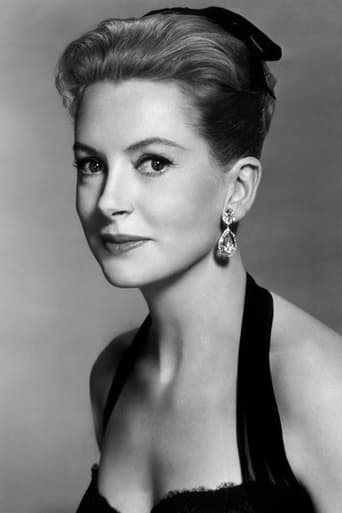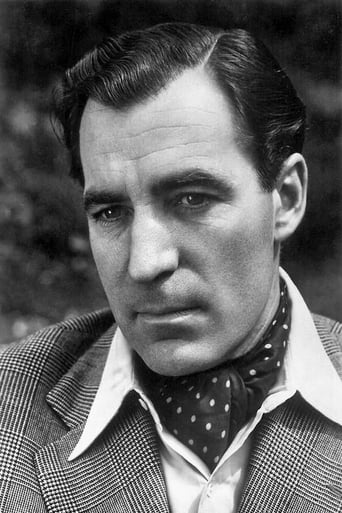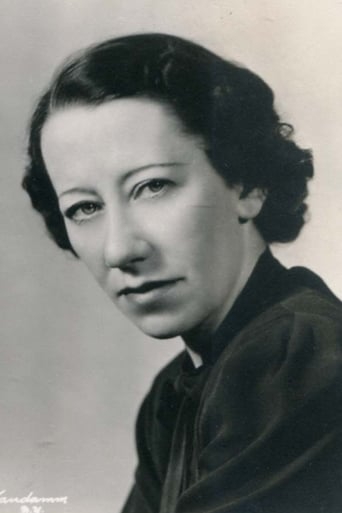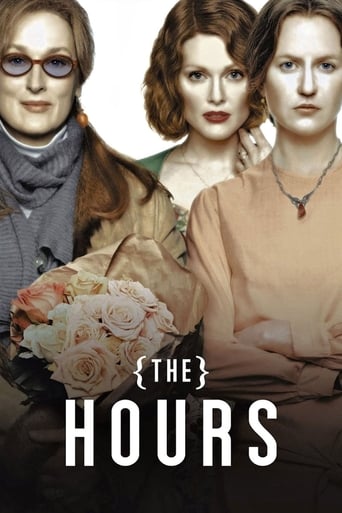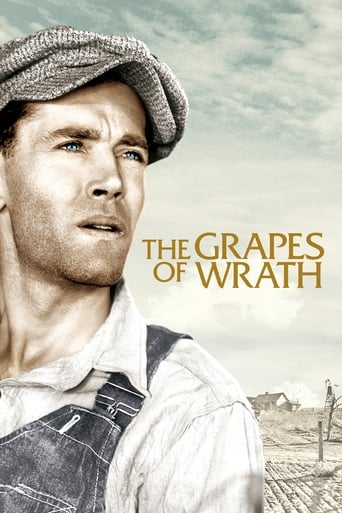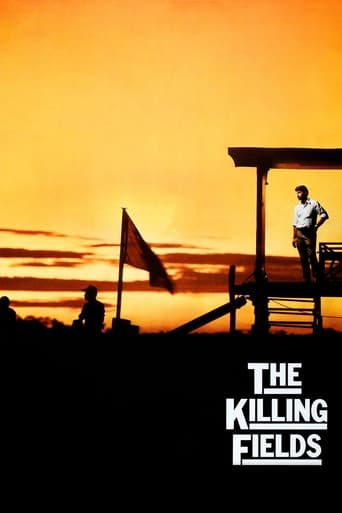
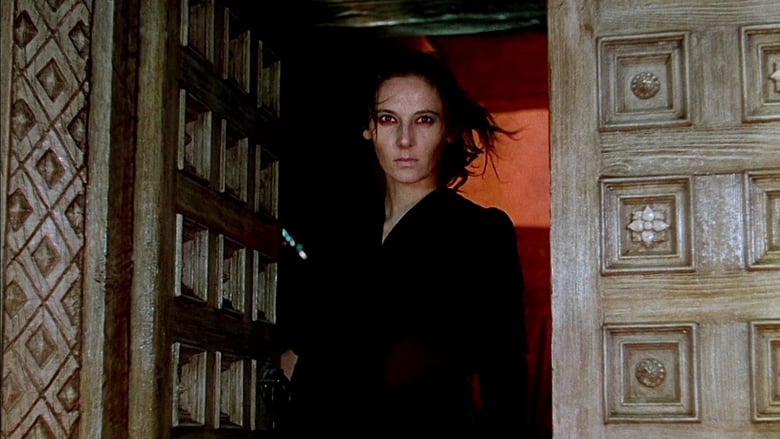
Black Narcissus (1947)
A group of Anglican nuns, led by Sister Clodagh, are sent to a mountain in the Himalayas. The climate in the region is hostile and the nuns are housed in an odd old palace. They work to establish a school and a hospital, but slowly their focus shifts. Sister Ruth falls for a government worker, Mr. Dean, and begins to question her vow of celibacy. As Sister Ruth obsesses over Mr. Dean, Sister Clodagh becomes immersed in her own memories of love.
Watch Trailer
Cast


Similar titles
Reviews
I'm not a big fan of old British cinema (modern British cinema is often superior to American cinema), although every once in a while I'll catch an old British film on TCM that I enjoy. This, however, is one British film that truly impresses me.First, with the exception of the mountain backgrounds, this looks real. While its setting is the Himalayas, I've spent a lot of time in Thailand and visited many ruins and near ruins, and the "palace" where the nuns set up their school/clinic really does have "that" look. The paintings that are occasionally seen are excellent copies of temple art. Now in regard to the mountains -- clearly fake, but different than the usual Hollywood matte work of that era. Indeed, the mountains here were mostly painted on glass, which gives them a very pleasant appearance. There were some aspects of the film that seemed to have needed some further thought. For example, even before it was mentioned, it was clear that the convent was in a COLD and windy place, yet the British agent is always wandering around in shorts with his shirt open. Not very logical. And, there's at least two segments that appear to be in the tropics...very out of place.Another highlight of this film is that it takes enough time to go into the character of each of the principal nuns. For example, we can see at the start that Deborah Kerr, who is the head nun at the convent, has some power issues...a recurring theme. Another of the nuns -- the wonderful Flora Robson -- is losing herself in the mystique of the Orient. And, another sister -- Kathleen Byron -- is slowly going mad with lust and jealousy (I appreciated her role more after watching one of the supplemental videos on the Criterion Blu-Ray release, where she is extensively interviewed). Jean Simmons is interesting as a trampy girl who has a crush on the young prince (Sabu). She looks the part...sort of...very little dialog.Deborah Kerr is so young here (26) and relatively new to film (we Americans knew her for the films after this) it took me a short while to recognize her. Excellent as always, however. This is a wonderful role for Sabu, and I sense he was very proud of the finery in which he dressed for this film. David Farrar has a very strong part of the British rep in the area.There are a number of powerful moments in the film. I was especially impressed when the British agent bluntly asks Kerr, "What would Christ have done?" There's also a confrontational scene between Kerr and Byron that is very strong. And then the attempted murder scene is very dramatic.Interestingly, the flashback scenes of Kerr's life before becoming a nun were banned in the U.S. due to pressure from the Catholic Church. They are restored in the version broadcast on TCM and on the Criterion restoration.And, it's interesting that this film was made the same year that India achieved independence from Great Britain, and some have suggested that when the nuns leave the convent at the end of the film, it is symbolic of England leaving India. In one sense nuns who don't belong there...and a country that didn't belong there, either.Excellent film, and a fitting nominee for your DVD shelf. I give it a rare "8" because it is a truly different film.I have re-reviewed this film after buying the Criterion Blu-Ray version. The restoration is superb with the exception of a few stills of the mountains. Otherwise it is as crisp with true color as any old film I have seen restored.
This is one of the most beautifully filmed motion pictures ever made, filled with color in describing a colorless life. It isn't their work: its where they work, high atop in the Himalayas. The young nun Deborah Kerr is made the head of this nunnery, the youngest ever in her order, and she finds a challenge in dealing with each of those under her charge. Then there's the local villagers, loyal to the Buddhist priest and upset by the infiltration of western culture. If Kerr found life with the king of Siam an ordeal, what she finds here is a key to the door to madness.The troubled nun played by Kathleen Byron gives her the most trouble, falling in love with one of the locals (David Farrar) and getting more jealous thanks to Farrar's growing friendship with Kerr, unbeknownst to Byron completely innocent. The other nuns are minor issues, although the hardworking Flora Robson finds a bit of the truth as she reveals that long forgotten feelings which she had long suppressed were coming back into her emotions.The future star of "Guys and Dolls" and "Elmer Gantry", Jean Simmons, wears dark makeup as a native Indian girl who speaks not a word but through seductive eye movements declares her list for student Sabu. He is obviously seduced by her staring at him from underneath a chair lustfully, and the temptation grows in a way that I'm surprised got past the censors.It's the wind, high altitude and smells of the Himalayas that are blamed for the sudden neuroses and psychosis that the nuns have to deal with. They all become too distracted by their inner struggles as humans which makes their vows seem impossible to fulfill. Only after the horrifying twist at the end (quite tense to be watch, especially on a big screen with this glorious color) are the nuns able to get back to their priorities. Sabu's observations about Jesus Christ taken lightly make you think too, showing that even other cultures focusing on learning more about the world around them can see the beauty in his simple words that many Christians twist into ways that turns off many others.
'Black Narcissus' was my first foray into the illustrious filmography of the legendary British filmmaking duo Michael Powell and Emeric Pressburger. The screenplay written by them is based on a novel of the same name written by Rumer Godden. The film is about a group of nuns who are sent to start a Christian convent in the beautifully exotic Himalayas.First I will comment about what I loved in the film. Without a doubt, the film looks absolutely gorgeous. The colours on the screen are visually vibrant and also thematically expressive. There are certain shots like Sister Ruth looking down the cliff while ringing the bell in the convent or the sequence of Kanchi dancing in the huge hall room which will stay with me forever. I had always heard that Powell and Pressburger made visually captivating films with the help of the Oscar winning cinematographer Jack Cardiff and watching this film just confirms those claims in my mind. Although the film has a very theatrical and operatic tone to it, Powell and Pressburger used a lot of subtle touches in their storytelling to accentuate some of the themes that are being explored. I also loved Deborah Kerr as the sister superior Sister Clodagh. I think a big theme being dealt with in the film is false pride. The convent and its nuns think that they will be able to control their new surroundings and the natives. This is expressed in a subtle way when Sister Clodagh orders the removal of a picture on the wall of a room in the palace which portrayed people having fun and being mischievous. To some extent this pride aspect can be seen to be a bit of a commentary on the philosophies of the Imperial British empire. Although they go to the Himalayas and strive to help the natives and educate them, their latent racist opinions and condescending demeanor is very noticeable. The natives are given the tag 'unreasonable children'. This pride also gets established in the fact that the convent itself is located at a very high altitude towering above the homes of the natives. Dean and the Holy Man are two important characters. Dean is someone who lives a carefree life without obeying any customs or rituals, while the Holy Man has completely given himself up to nature and 'God' and has distanced himself from everything earthly. Sister Clodagh actually gets irritated by both these mentioned characters and actually says that the sisters shouldn't allow themselves to become like either one of them. But in the end we see that not only do the sisters confront failure in trying to assert themselves in this new environment,instead it is the environment that gets the better of them and forces them to face their genuine desires, the ghosts of their past and their inner struggles.Now, I will shift to the aspects that didn't work for me. Firstly it is constantly spelled out by the characters in the film that this new environment is changing them, but I didn't get why. Never did I ever see why this new environment was having an adverse effect on the psyche of the sisters. Sister Philippa is a character that we are supposed to sympathise with, but it was a character that remained extremely underdeveloped in my opinion. Another thing that really didn't work for me was the acting by the actors playing the native characters. We see them using this stereotypical 'Indian accent' that Westerners associate Indians with and it gets a bit annoying after a while and the acting by these actors also gets very amateurish at times.So 'Black Narcissus' is a film that has a number of great aspects, but it unfortunately failed to bowl me over as a whole. I was greatly impressed by the visuals and certain aspects of the direction. But I also thought certain characters and themes remained underdeveloped and the acting from the actors playing the native characters became almost insufferably bad at times. Not the best way to start my exploration of Powell and Pressburger's work, but there are certain aspects of this film which irrespective of the negatives make me interested in further exploring them as filmmakers.
This film tries way too hard to dramatize a situation that I do not find that dramatic in the first place: a nun's struggle to suppress her sexual desires. At least that's one of the two things in this film that can pass as dramatic: that and the natives of the village struggling with a sickness that is going around.The climax of the film has nothing to do with the latter, and is heavily invested in the idea that one of the nuns is choosing to leave this group of nuns because she can't suppress her sexuality. I say good for her, making her own decisions. Why does she NEED to stay, why must the other Sisters feel obligated to "save" her? Maybe that is just my view on religion though - I never liked the idea of imposing your religious beliefs or practices on others since religion is a faith, not a certainty.The rest of the movie is extremely slow, focusing on the Sisters' process of creating a school for the children of the community they visit. This film looks good aesthetically, but it tries too much to dramatize something that I do not find dramatic.


